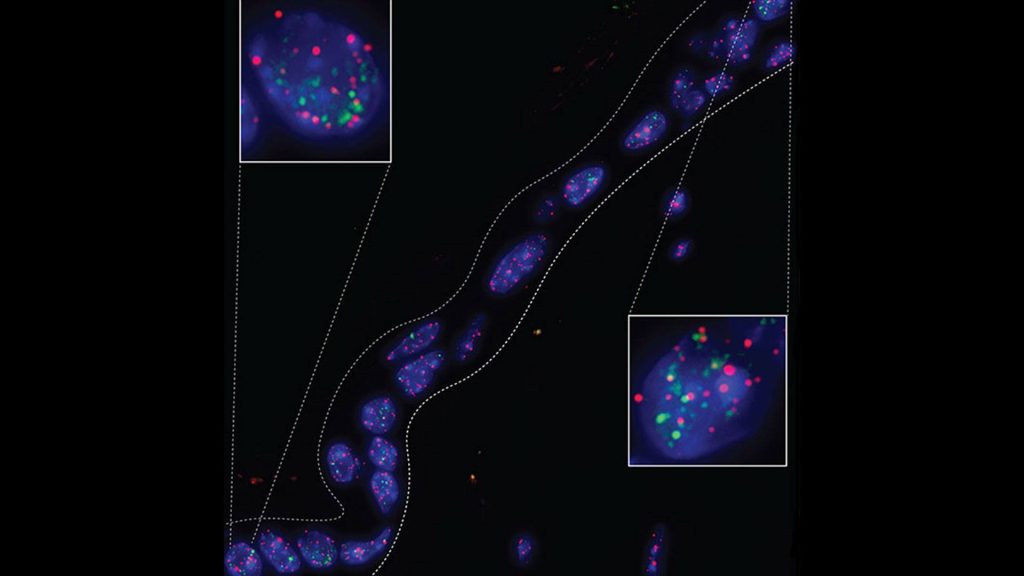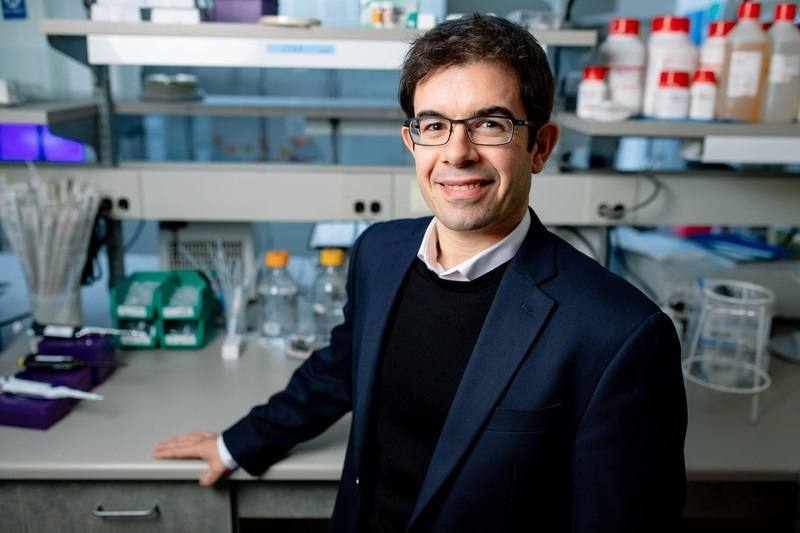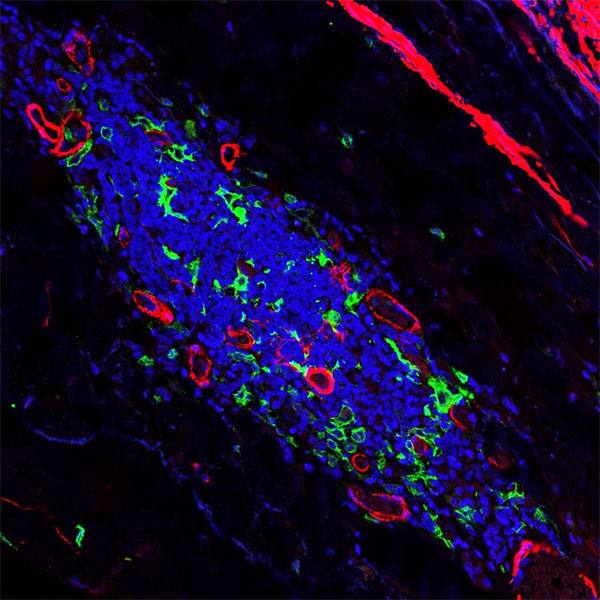-
Could ‘zombie cells’ in the skin be aging your brain too?

Mayo Clinic researchers have found that senescent cells — non-dividing "zombie" cells — accumulate in the skin as people age and may influence aging in other parts of the body. Their recent study revealed that transplanting senescent skin cells into a preclinical model revealed that they not only caused that senescence to spread to other tissues but also accelerated physical decline, impaired muscle function and adversely affected brain health. This discovery indicates that senescent cells in the skin could drive broader, systemic aging.

"This discovery is significant because it suggests that senescent cells in the skin — an organ not typically associated with aging, beyond wrinkles — might be driving broader, systemic aging processes. These findings could also help explain the link between skin conditions and cognitive decline, offering potential new pathways for addressing both physical and mental deterioration as we age," says Mayo Clinic researcher João Passos, Ph.D., who is one of the lead authors on the study, published recently in Aging Cell.
This research also offers support for anti-aging strategies that aim to keep both the body and mind healthier for longer.
"This study suggests that skin senescence may accelerate aging in other organs, highlighting the importance of preventing factors like sun exposure, smoking, alcohol and poor diet that contribute to premature skin aging," says Ana Catarina Franco, the study's first author and Mayo Clinic visiting graduate student.
The researchers aim to investigate whether senolytic drugs, originally developed at Mayo Clinic and shown to eliminate senescent cells among people with a high number of senescent cells, can improve overall health when applied topically to the skin. They also plan to do more research to try to understand the mechanisms by which senescent cells may spread from the skin to other organs.
Review the study for a complete list of authors, disclosures and funding.







